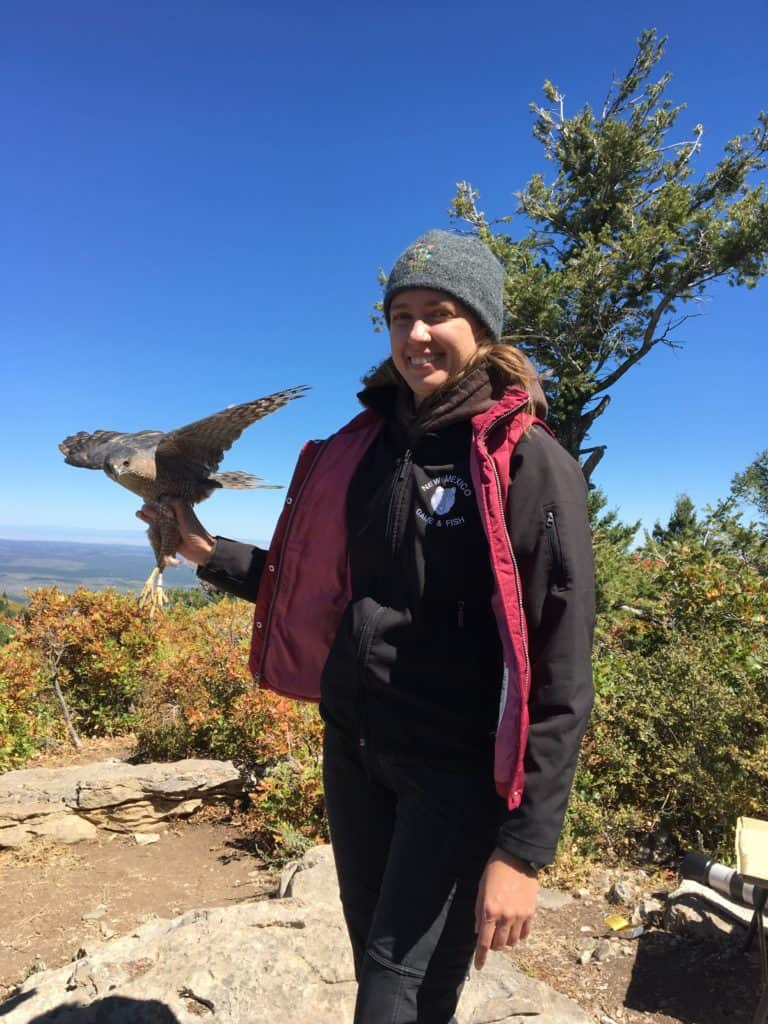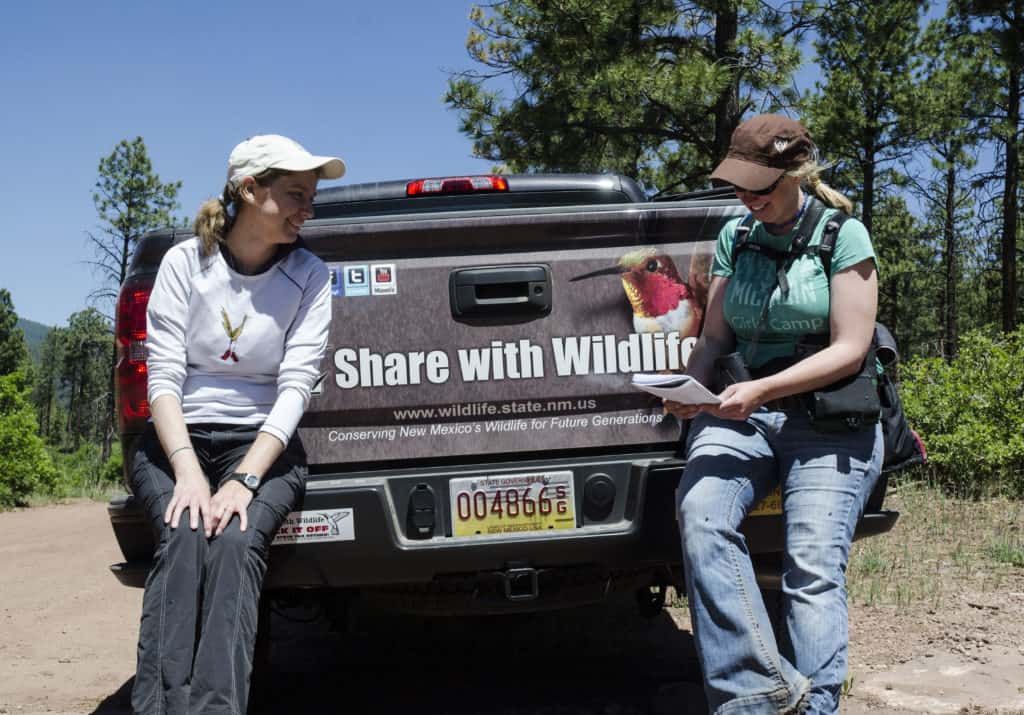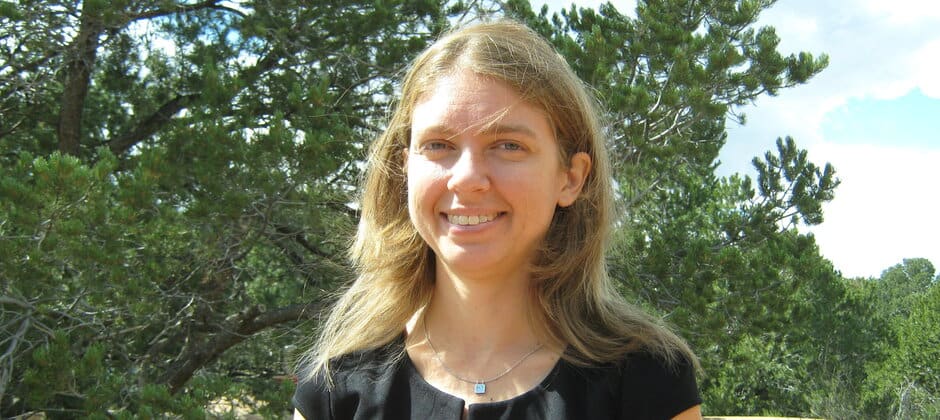Share this article
Wildlife Vocalizations: Ginny Seamster
Wildlife Vocalizations is a collection of short personal perspectives from people in the field of wildlife sciences.
The next 10 years are going to be crucial when it comes to taking positive action on climate adaptation, including mitigating the extent to which our global climate will change.
We have all already seen the impacts that climate change can have on both humans and wildlife. The current COVID-19 pandemic is an important reminder that human interactions with the natural world are increasing, and humans are rapidly spreading infrastructure and myriad activities into core wildlife habitats. This spread raises the probability of the occurrence of interactions that can lead to negative consequences for both humans and wildlife. While spending time in nature is an important part of mental health for many of us, we as a society need to carefully consider the type, extent and impacts of the activities we choose to participate in.

Seamster with a Cooper’s hawk (Accipiter cooperii) at the HawkWatch International long-term monitoring sites in the Manzano Mountains of New Mexico in 2017. Seamster was working on one of several research projects through the “Share with Wildlife” program that she coordinates. Credit: Kristen Cruz-McDonnell
Wildlife biologists have a very important role to play in improving the ability of our world’s species to adapt to climate change. No matter how much the human population is going to be able to mitigate the impacts of climate change, temperatures are going to rise, and much of the planet is going to be exposed to extremes of temperature and precipitation. This makes it imperative that we, as wildlife biologists, actively incorporate climate change adaptation into all actions that we take to research, manage and conserve wildlife. Every project that is implemented on the ground should consider future climatic conditions and plan accordingly in terms of where the project takes place and how the project is carried out. It is no longer sufficient to base our planning on historical conditions or to expect that we can maintain all ecosystems as they were in the past; many ecosystems are going to change and become novel systems that we may not be familiar with or fully prepared to manage.

Seamster and Kristen Cruz-McDonnell in the Santa Fe National Forest in 2016. As part of another project from Seamster’s “Share the Wildlife” program, Cruz-McDonnell was conducting surveys for two species of greatest conservation need, the red-faced warbler (Cardellina rubrifrons) and Grace’s warbler (Setophaga graciae).
Credit: Zen Mocarski
To successfully assist wildlife in adapting to climate change, we, as a profession, will have to be increasingly creative and flexible. To this end, our profession will greatly benefit from actively soliciting diverse perspectives and actively encouraging diverse voices and backgrounds in our profession. Often, actions that may help wildlife adapt to climate change are inextricably linked to actions needed to help human communities adapt to changing conditions. Many of the ecosystem services we rely on are equally crucial to wildlife. To help wildlife, we must take action that will both impact and likely enhance the environmental conditions humans experience. As a result, taking these actions will usually require the support of a diversity of stakeholders. Gaining this support necessitates that our wildlife professional workforce reflects the values and backgrounds of these diverse stakeholders. Addressing one of the greatest wildlife challenges of our time will take the best that we as wildlife professionals can provide and ensuring that all voices are heard.
Learn more about Wildlife Vocalizations, and read other contributions.
Submit your story for Wildlife Vocalizations or share the submission form with your peers and colleagues to encourage them to share their story.
For questions, please contact Jamila Blake.
Header Image: Headshot of Ginny Seamster taken in 2014 near Santa Fe, N.M. Credit: Teresa Seamster








